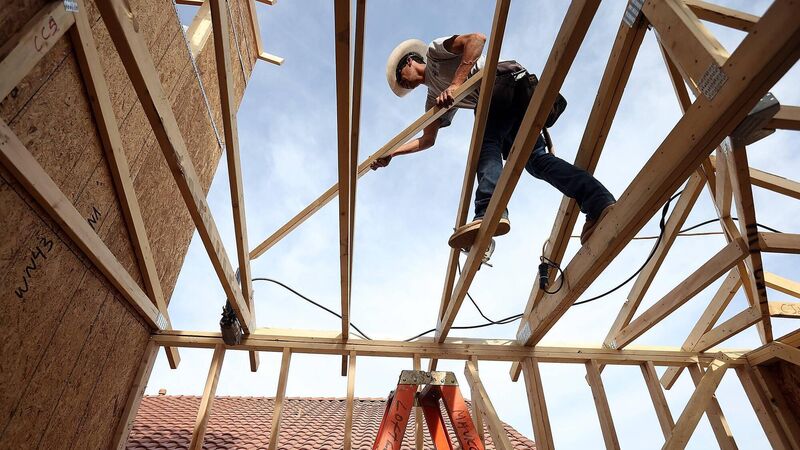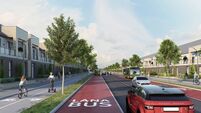Analysis: Rural Cork is losing out to housing developments in the East

What are the targets for housebuilding in different areas in Cork and how do they compare with other regions in Ireland and across the EU?
“The minister has asked local authorities to be ready to revise their development plans in order to align with the revised NPF (National Planning Framework) and updated population and housing targets,” said a council spokesperson. The chief executive has committed to keeping the elected members updated.
- What are the targets for housebuilding in different areas in Cork and how do they compare with other regions in Ireland and across the EU?
- Do they measure up to ongoing and projected employment and population growth across different areas around the country?
- If some areas across the country are seeing more housing growth than others, will this not mean that those areas will also be in a better position to see more employment growth and consequent prosperity?
- How and why is this happening?







 App?
App?





